Ward, Douglas Merrill
Killed in Flying Accident 1955-01-22
Service
RCAF
Unit
418 Sqn- Squadron
Piyautailili Defend even unto death: Inuktitut
Base
Rank
Flying Officer
Position
Flying Officer
Service Numbers
41326
Home
 Regina, Saskatchewan
Regina, Saskatchewan
Mitchell FW259
North American Mitchell B-25 B-25D B-25J
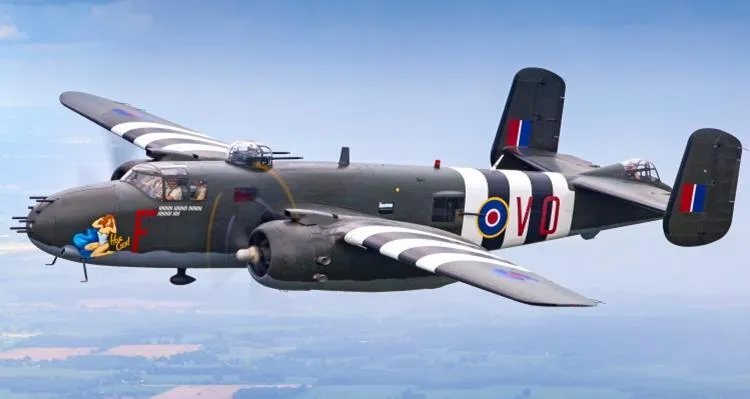
Canadian Warplane Heritage Museum
The North American B-25 Mitchell is an American medium bomber that was introduced in 1941 and named in honor of Major General William "Billy" Mitchell, a pioneer of U.S. military aviation. Used by many Allied air forces, the B-25 served in every theater of World War II, and after the war ended, many remained in service, operating across four decades. Produced in numerous variants, nearly 10,000 B-25s were built.
The North American B-25 Mitchell was flown by the RCAF during and after the Second World War. The RCAF flew the B-25 Mitchell for training during the war and continued flying operations after the war, in Canada with most of 162 Mitchells received. The first B-25s had originally been diverted to Canada from RAF orders. These included one Mitchell Mk. I, 42 Mitchell Mk. IIs, and 19 Mitchell Mk. IIIs. No 13 (P) Squadron was formed unofficially at RCAF Station Rockcliffe in May 1944 and flew Mitchell Mk. IIs on high-altitude aerial photography sorties. No. 5 OTU (Operational Training Unit) at Boundary Bay, British Columbia and Abbotsford, British Columbia, operated the B-25D Mitchell in a training role together with B-24 Liberators for Heavy Conversion as part of the BCATP. The RCAF retained the Mitchell until October 1963.
No. 418 (Auxiliary) Squadron received its first Mitchell Mk. IIs in January 1947. It was followed by No. 406 (Auxiliary), which flew Mitchell Mk. IIs and Mk. IIIs from April 1947 to June 1958. No. 418 Operated a mix of Mk. IIs and Mk. IIIs until March 1958. No. 12 Squadron of Air Transport Command also flew Mitchell Mk. IIIs along with other types from September 1956 to November 1960. In 1951, the RCAF received an additional 75 B-25Js from USAF stocks to make up for attrition and to equip various second-line units..Wikipedia and Harold Skaarup web page
418 Sqn Piyautailili ("City of Edmonton")
History of the Squadron during World War II (Aircraft: Boston III, Mosquito II, FB Mk VI)

[Note that the squadron crest and motto were not given to the squadron until after WWII. During WWII the squadron had neither crest nor motto.] The squadron was formed at Debden, Essex, UK  in November 1941as the RCAF's only Intruder Squadron. As such, it was attached to 11 Group of Fighter Command (later renamed Air Defence of Great Britain), conducting day and night intruder operations. These involved a variety of targets, strategic attacks and intruder attacks on airfields. Originally the squadron flew Douglas Boston Mk. III, with the squadron code letters being TH. They flew from a number of airfields in the south of England from 1942 to 1944, namely Debden, Bradwell Bay, Ford, Holmsley South, Hurn, Middle Wallop and Hunsdon. In March 1943 the squadron re-equipped with de Havilland Mosquito Mks. II and F.B. VI aircraft., with a marked increase in their successes in destroying enemy aircraft. The squadron claimed its hundredth victory in May 1944. After D-Day the squadron was involved in the campaign against V-1 and V-2 weapons.
in November 1941as the RCAF's only Intruder Squadron. As such, it was attached to 11 Group of Fighter Command (later renamed Air Defence of Great Britain), conducting day and night intruder operations. These involved a variety of targets, strategic attacks and intruder attacks on airfields. Originally the squadron flew Douglas Boston Mk. III, with the squadron code letters being TH. They flew from a number of airfields in the south of England from 1942 to 1944, namely Debden, Bradwell Bay, Ford, Holmsley South, Hurn, Middle Wallop and Hunsdon. In March 1943 the squadron re-equipped with de Havilland Mosquito Mks. II and F.B. VI aircraft., with a marked increase in their successes in destroying enemy aircraft. The squadron claimed its hundredth victory in May 1944. After D-Day the squadron was involved in the campaign against V-1 and V-2 weapons.
On November 21, 1944 the squadron was transferred from Fighter Command to the 2nd Tactical Air Force in No. 136 (RAF) Wing and operated from Hartford Bridge, Hampshire, UK. before moving to Base 71 at Coxyde, Belgium, and then finally moving to Base 80 at Volkel, the Netherlands  . The squadron was disbanded there on September 7th 1945.
. The squadron was disbanded there on September 7th 1945.
The squadron was the most high-scoring unit of the RCAF in WWII. It claimed 178 aircraft and 79 and a half V-1 Flying Bombs. There were a number of aces, among them Wing Commander R. Bannock, DFC and Bar, Squadron Leader R. Gray, DFC, Flying Officer S.P. Reid DFC, Squadron Leader H.D. Cleveland DFC, Flight Lieutenant C.M. Jasper DFC, Flight Lieutenant J. Evans, Flight Lieutenant S.H.R. Cotterill DFC, Flight Lieutenant D.E. Forsyth, Squadron Leader J.B. Kerr, Flight Lieutenant H.E. Miller and Flight Lieutenant P.S. Leggatt. The squadron won 3 DSO's, 42 DFC's, 9 Bars to DFC's, 1 Second Bar to DFC, 5 DFM's, 1 DFC(USA) and 1 Air Medal (USA). Overall, 3492 sorties were flown, 402 of which were on anti-V-1 patrols. 11,248 hours were flown operationally for the loss of 59 aircraft. The squadron was credited with destroying 178 aircraft, 17 locomotives destroyed and 59 damaged, with other destruction of rolling stock and motor vehicles. Battle Honours were: Defence of Britain 1944, Fortress Europe 1942-44, Dieppe, France and Germany 1944-45, Normandy 1944, Rhine. Wikipedia, Kostenuk and Griffin
Map for Movements of 418 Squadron 1941-45
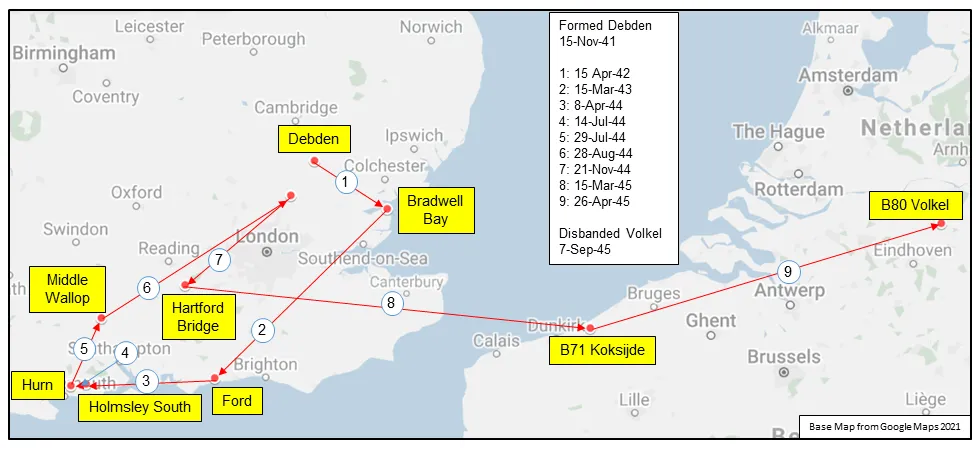
418 Squadron History Summary 1941-45
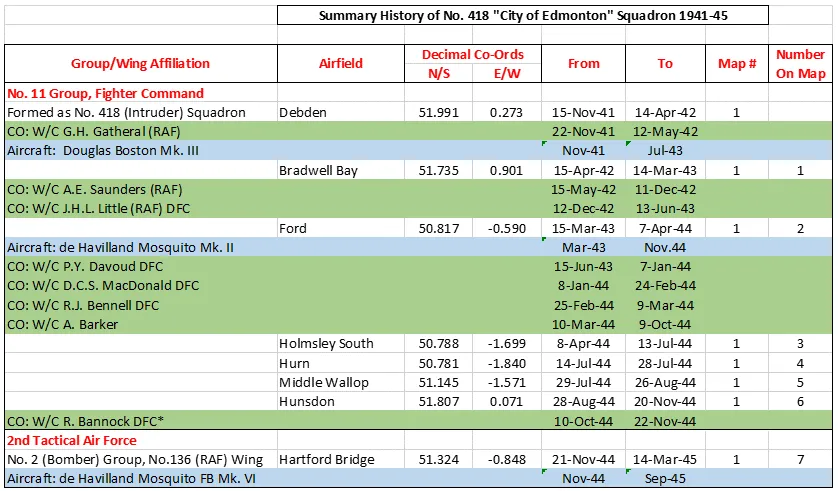
418 Squadron History Summary 1941-45 Page 2

History of the Squadron Post-WWII (Aircraft: Harvard II, Mitchell, Expeditor, Silver Star, Otter, Twin Otter, Kingfisher)
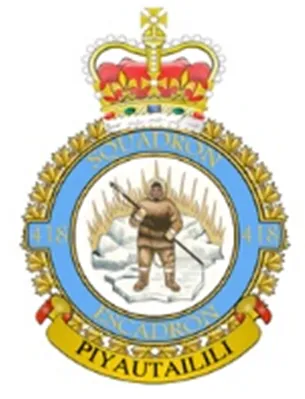
The squadron re-formed at Edmonton, Alberta  on 15 April 1946, flying North American B-5 Mitchell aircraft in a light bomber role. It moved to RCAF Station Namao, Alberta
on 15 April 1946, flying North American B-5 Mitchell aircraft in a light bomber role. It moved to RCAF Station Namao, Alberta  in 1955. In March 1958 it was reassigned to a light transport and emergency rescue role and was re-equipped with Beechcraft Expeditor and de Havilland Otter aircraft. Its duties ranged from aid to the civil power to aerial resupply. On 27 May 1967 it received a Squadron Standard for 25 years’ service. On 1 February 1968 the squadron was integrated into the Canadian Armed Forces as No. 418 “City of Edmonton†Air Reserve Squadron, and acquired de Havilland Twin Otter aircraft The squadron was disbanded in 1994, its aircraft being transferred to No 440 Transport Squadron.
in 1955. In March 1958 it was reassigned to a light transport and emergency rescue role and was re-equipped with Beechcraft Expeditor and de Havilland Otter aircraft. Its duties ranged from aid to the civil power to aerial resupply. On 27 May 1967 it received a Squadron Standard for 25 years’ service. On 1 February 1968 the squadron was integrated into the Canadian Armed Forces as No. 418 “City of Edmonton†Air Reserve Squadron, and acquired de Havilland Twin Otter aircraft The squadron was disbanded in 1994, its aircraft being transferred to No 440 Transport Squadron.
418 Squadron was re-formed on March 13, 2019, The unit is based at 19 Wing Comox, British Columbia  as 418 Search and Rescue Operational Training Squadron, training aircrew and maintenance personnel on the CC-295 Kingfisher, using simulators and aircraft, when the aircraft are delivered.
as 418 Search and Rescue Operational Training Squadron, training aircrew and maintenance personnel on the CC-295 Kingfisher, using simulators and aircraft, when the aircraft are delivered.
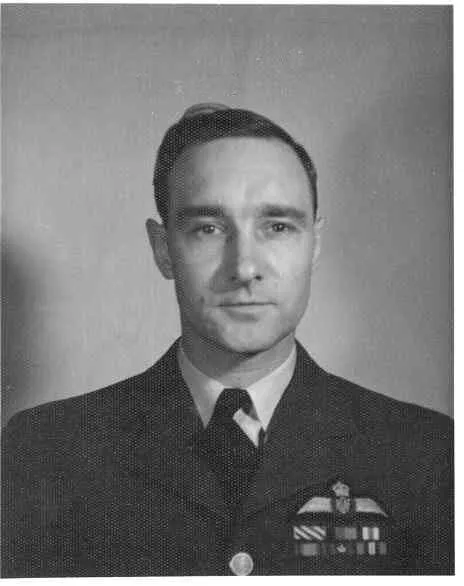


 Canadian Virtual War Memorial
Canadian Virtual War Memorial www.findagrave.com
www.findagrave.com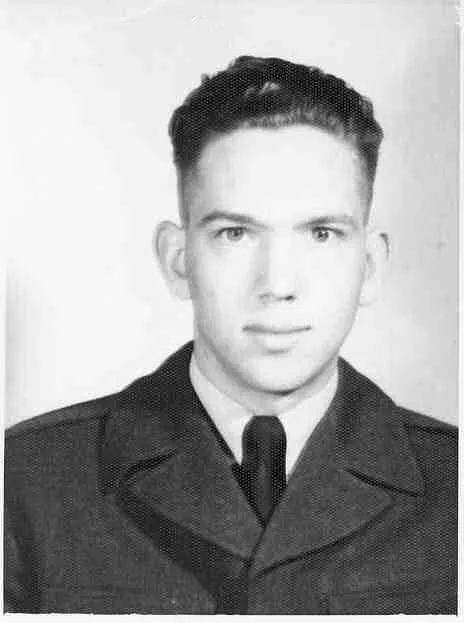
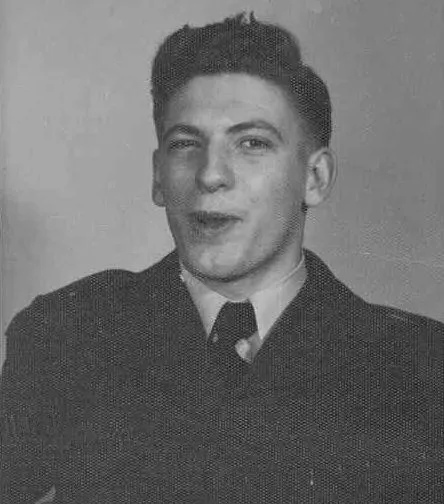
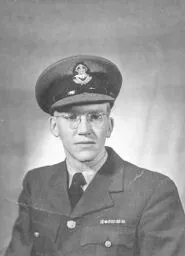
 Mitchell Bomber
Mitchell Bomber Wikipedia Mitchell Bomber
Wikipedia Mitchell Bomber Harold A Skaarup Web Page
Harold A Skaarup Web Page